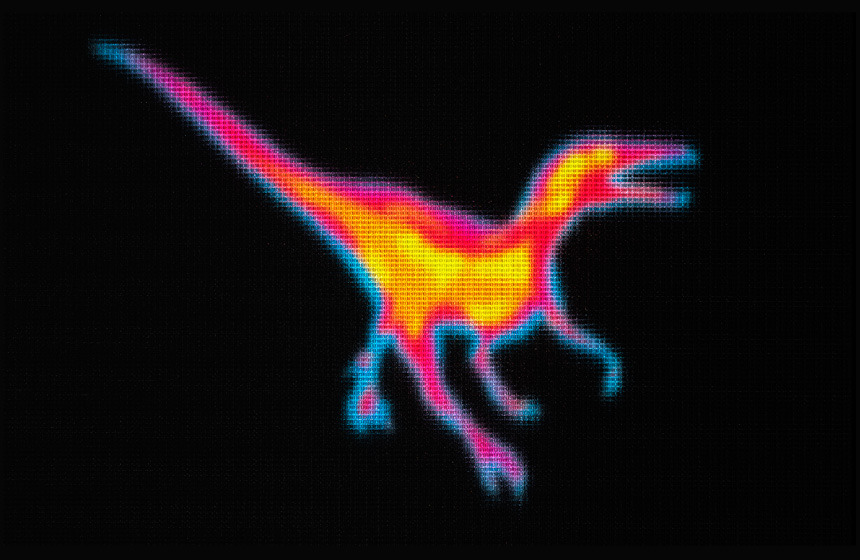Post by Infinity Blade on Apr 26, 2015 1:14:45 GMT 5
Kawekaweau-Hoplodactylus delcourti

An illustration of the kawekaweau © @ Eurwentala
Temporal range: Holocene
Scientific classification:
Domain: Eukaryota
(unranked): Unikonta
(unranked): Opisthokonta
(unranked): Holozoa
(unranked): Filozoa
Kingdom: Animalia
Subkingdom: Eumetazoa
(unranked): Bilateria
Superphylum: Deuterostomia
Phylum: Chordata
Infraphylum: Gnathostomata
Clade: Eugnathostomata
Clade: Teleostomi
Superclass: Tetrapoda
Clade: Reptiliomorpha
Clade: Amniota
Class: Reptilia or Clade: Sauropsida
Clade: Eureptilia
Clade: Romeriida
Clade: Diapsida
Clade: Neodiapsida
Infraclass: Lepidosauromorpha
Superorder: Lepidosauria
Order: Squamata
Clade: Scincogekkonomorpha
Suborder: Scleroglossa
Infraorder: Gekkota
Infraorder: Pygopodomorpha
Family: Diplodactylidae
Genus: Hoplodactylus
Species: †H. delcourti
The kawekaweau (Hoplodactylus delcourti) was a New Zealand-endemic species of gecko and the largest gecko; its snout-to-vent length was ~37 centimeters while the total body length was at least 60 centimeters.[1] One of, if not possibly the only documented account of a living kawekaweau involved a Urewera (Māori) chief killing an individual. The chief described the animal to be ~2 feet long, as thick as a man's wrist, and brown with a dull red striped pattern running longitudinally. This description accurately describes the stuffed specimen from Marseille described by Bauer & Russell (1986). In the account, the kawekaweau was allegedly found under some bark, consistent with the diurnality other large geckos practice. It was eventually concluded that H. delcourti being the kawekaweau of Māori legend was likely.[2] The kawekaweau is extinct or at least likely extinct.[2][3] It probably went extinct in the 19th century.[3]

The Marseille H. delcourti specimen.
References:
[1] Kerry-Jane Wilson (2004). Flight of the Huia: Ecology and Conservation of New Zealand's Frogs, Birds, Reptiles, and Mammals.
[2] "Hoplodactylus delcourti n. sp. (Reptilia: Gekkonidae), the largest known gecko" (Bauer & Russell, 1986).
[3] www.iucnredlist.org/details/10254/0

An illustration of the kawekaweau © @ Eurwentala
Temporal range: Holocene
Scientific classification:
Domain: Eukaryota
(unranked): Unikonta
(unranked): Opisthokonta
(unranked): Holozoa
(unranked): Filozoa
Kingdom: Animalia
Subkingdom: Eumetazoa
(unranked): Bilateria
Superphylum: Deuterostomia
Phylum: Chordata
Infraphylum: Gnathostomata
Clade: Eugnathostomata
Clade: Teleostomi
Superclass: Tetrapoda
Clade: Reptiliomorpha
Clade: Amniota
Class: Reptilia or Clade: Sauropsida
Clade: Eureptilia
Clade: Romeriida
Clade: Diapsida
Clade: Neodiapsida
Infraclass: Lepidosauromorpha
Superorder: Lepidosauria
Order: Squamata
Clade: Scincogekkonomorpha
Suborder: Scleroglossa
Infraorder: Gekkota
Infraorder: Pygopodomorpha
Family: Diplodactylidae
Genus: Hoplodactylus
Species: †H. delcourti
The kawekaweau (Hoplodactylus delcourti) was a New Zealand-endemic species of gecko and the largest gecko; its snout-to-vent length was ~37 centimeters while the total body length was at least 60 centimeters.[1] One of, if not possibly the only documented account of a living kawekaweau involved a Urewera (Māori) chief killing an individual. The chief described the animal to be ~2 feet long, as thick as a man's wrist, and brown with a dull red striped pattern running longitudinally. This description accurately describes the stuffed specimen from Marseille described by Bauer & Russell (1986). In the account, the kawekaweau was allegedly found under some bark, consistent with the diurnality other large geckos practice. It was eventually concluded that H. delcourti being the kawekaweau of Māori legend was likely.[2] The kawekaweau is extinct or at least likely extinct.[2][3] It probably went extinct in the 19th century.[3]

The Marseille H. delcourti specimen.
References:
[1] Kerry-Jane Wilson (2004). Flight of the Huia: Ecology and Conservation of New Zealand's Frogs, Birds, Reptiles, and Mammals.
[2] "Hoplodactylus delcourti n. sp. (Reptilia: Gekkonidae), the largest known gecko" (Bauer & Russell, 1986).
[3] www.iucnredlist.org/details/10254/0



